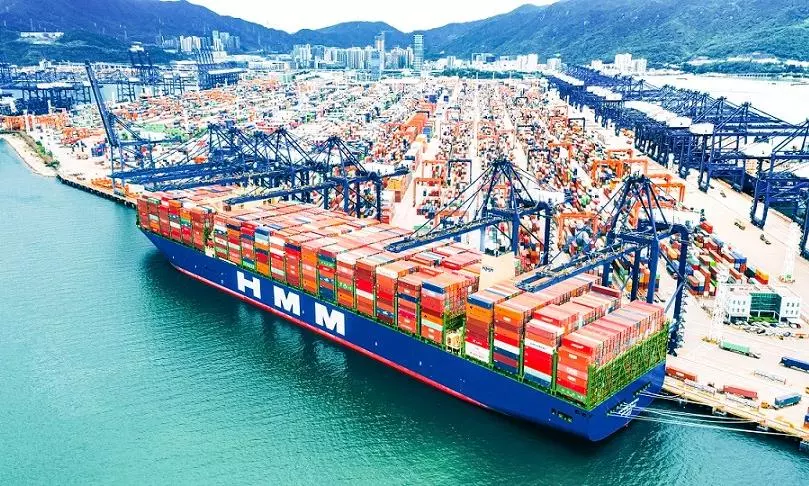Xeneta's CEI increases in Q42022 on Far East-US West Coast lane
Best performing carrier was HMM, scoring 27% better than the trade lane average

The Carbon Emission Index (CEI) from the Far East to the U.S. West Coast rose in Q42022, reaching its highest level of the year of 96.2 but it remains below where it was in Q42021 (100.2), according to the latest update from Xeneta.
Back then, the strong market conditions meant ships were speeding across the Pacific and getting stuck in congestion. The change in the queuing system to mitigate this congestion also led to ships sailing slower, thereby reducing CO2 emissions, the update said.
"In Q42022, the average speed increased a little despite the weaker market conditions. The CEI rose by almost 15 percent because of this higher sailing speed and because ships were sailing with less cargo on board in Q4 than in Q3. The average filling factor fell to 76.5 percent in Q42022, its lowest level since Q12020, when lockdowns in China dented demand."
The best performing carrier on this trade in Q42022 was HMM, scoring 27 percent better than the trade lane average, the update added.
This is the first quarter since Q32021 that HMM’s CEI is below the market average, let alone the best-performing carrier "but in Q42022, its filling factor was higher than the market average."
Why CEI
"In partnership with Marine Benchmark, CEI is a first-of-its-kind data solution, showing the carbon intensity of the world's leading carriers across 13 main global trade lanes. Based on actual cargo load from real sailings, this is the only accurate picture of carrier emissions on the market," says Xeneta.
How does CEI help? "An honest view of carrier emissions, tracking carrier sustainability over time and helping factor sustainability in carrier selection."



